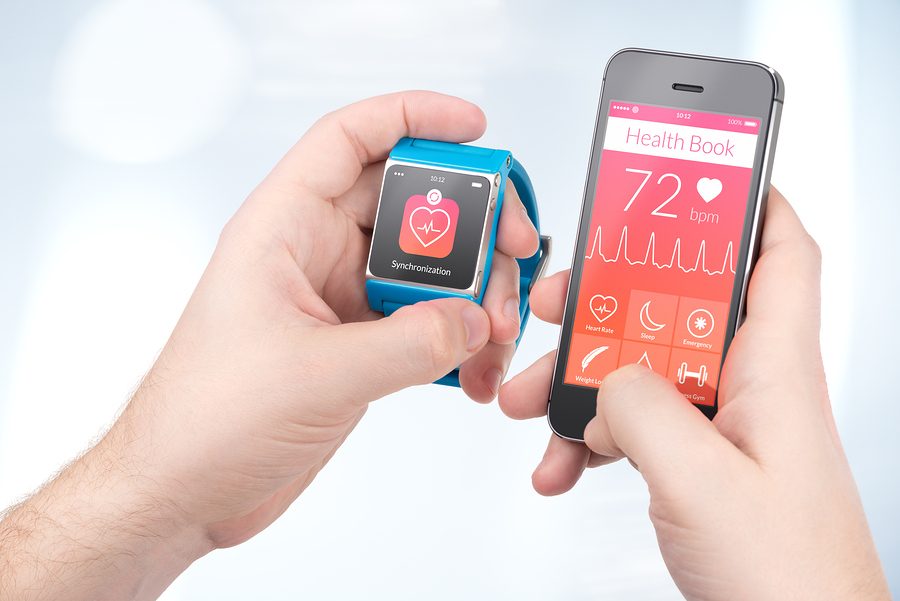How Wearable Technology is Revolutionizing Healthcare

Wearable technology has been revolutionizing the healthcare industry in recent years, offering new possibilities for tracking and treating various health conditions. In this post, we will explore the latest developments in wearable health tracking technology and the potential impact it can have on healthcare.
A Revolution in Wearable Health Tracking Technology

Abstract
Wearable technology has become increasingly popular in recent years, as people look for ways to track their fitness and health. Advances in technology have made it possible to monitor various aspects of health, such as heart rate, blood pressure, and glucose levels, through wearable devices. This has the potential to revolutionize healthcare, by providing doctors and patients with real-time data that can be used to make better decisions about treatment and prevention.
Introduction
Wearable technology has come a long way since the first fitness tracker was introduced over a decade ago. Today, wearable devices are able to track a range of health metrics, from heart rate and blood pressure to sleep quality and even mental health. This technology has the potential to transform healthcare, by providing doctors with real-time data that they can use to make better treatment decisions.
Wearable health tracking technology is not just limited to fitness trackers and smartwatches. There are also specialized devices that are designed to monitor specific health conditions, such as diabetes and asthma. These devices can measure blood glucose levels and monitor breathing, respectively, and provide patients with information that can help them manage their condition more effectively.
Content
One of the key benefits of wearable technology is the ability to monitor health metrics in real-time. This can be particularly useful for people with chronic conditions, who need to keep a close eye on their health. For example, people with diabetes can use wearable devices to monitor their blood glucose levels throughout the day, without needing to perform regular finger stick tests. This can help them make better decisions about diet and medication.
Wearable technology is also being used to track mental health. There are specialized devices that can monitor changes in heart rate and breathing patterns, which can indicate stress and anxiety. This information can be used to help people manage their mental health more effectively, by providing them with insights into what triggers their symptoms.
Another area where wearable technology is making a big impact is in the treatment of chronic pain. There are devices that use electrical stimulation to block pain signals in the body, providing relief for people with conditions such as arthritis and fibromyalgia. These devices can be worn discreetly under clothing and are controlled by a smartphone app, making them easy to use.

Wearable technology also has the potential to improve communication between doctors and patients. By providing doctors with real-time data, wearable devices can help them make more informed decisions about treatment. Patients can also use wearable devices to track their symptoms and share this information with their doctors, making it easier to spot patterns and track progress over time.
It is not just doctors and patients who can benefit from wearable technology, however. Hospitals and healthcare providers are also exploring the use of wearable devices to improve patient care. For example, wearable devices can be used to track patients’ movements and vital signs, which can help prevent falls and other complications.

The Limitations of Wearable Technology
Despite the potential benefits of wearable technology, there are also limitations to its use. One of the biggest challenges is ensuring that the data collected by wearable devices is accurate and reliable. There have been concerns about the accuracy of fitness trackers and other wearable devices, particularly when it comes to tracking complex health metrics.
Another challenge is ensuring that wearable devices are accessible to everyone. While these devices can be helpful for managing chronic conditions, they can also be expensive and may not be covered by insurance. This can make it difficult for people who cannot afford these devices to access the benefits they offer.
Conclusion
Wearable technology has the potential to revolutionize healthcare, by providing doctors and patients with real-time data that can be used to improve treatment and prevention. Whether it is monitoring glucose levels in people with diabetes or tracking changes in heart rate to monitor mental health, wearable devices offer a range of benefits. However, it is important to keep in mind that there are limitations to the use of wearable technology, and that more research is needed to fully understand its potential.

As wearable technology continues to evolve, we can expect to see more innovative applications in healthcare. From robots and AI-powered devices to advanced sensors and monitoring systems, the possibilities are endless. By leveraging the power of wearable technology, we can create a more efficient, effective, and personalized healthcare system that benefits everyone.
So what does the future hold for wearable technology in healthcare? One possibility is the development of smart hospitals, where wearable devices are integrated with other technologies to provide a seamless and connected healthcare experience. For example, patients could wear devices that track their vital signs and transmit this data to hospital staff in real-time, allowing for early intervention and improved outcomes.
Overall, wearable technology is set to play an increasingly important role in healthcare in the years to come. With the potential to improve treatment, prevent disease, and enhance communication between doctors and patients, wearable devices offer a range of opportunities for innovation and progress.
Source image : www.brother.co.nz

Source image : www.designindaba.com

Source image : theconversation.com

Source image : www.infogrades.com

Source image : butterflylabs.com



